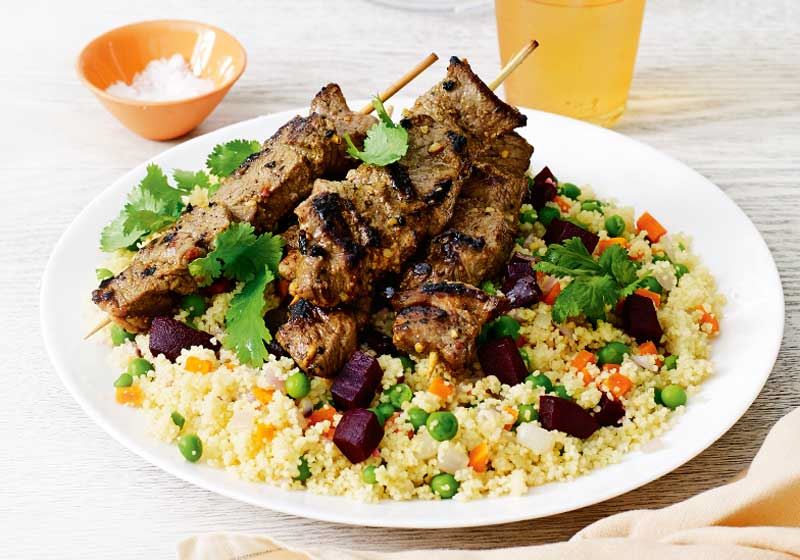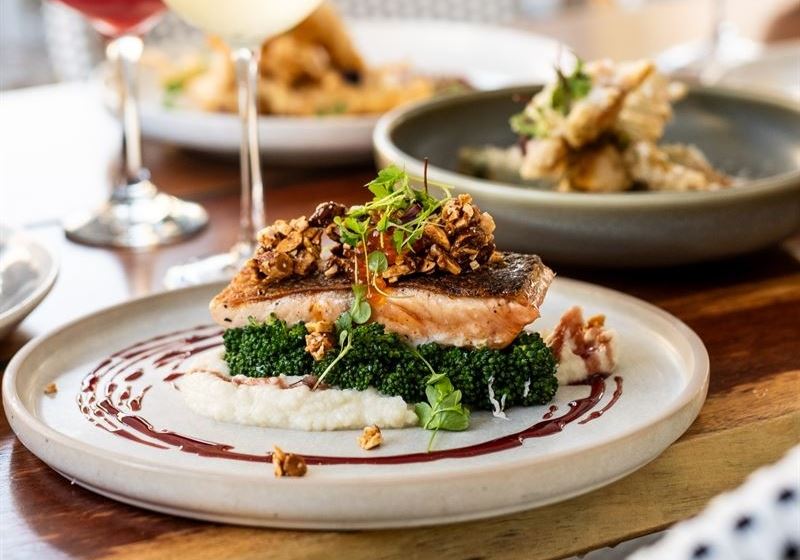By Marie-Antoinette Issa.
A land of sun-soaked markets, winding medinas and kitchens where time seems to slow, North Africa shuns the stereotypes of safari-cliched Africa, but remains a region truly worthy of exploration.
From Morocco to Algeria, Egypt to Tunisia, the countries that are closer to the Mediterranean are a culinary crossroads shaped by centuries of trade, conquest and cultural exchange. The food is bold, aromatic and layered with history - every spice, every preserved ingredient tells a story.
Following the spice route through North Africa is less a journey of distance than a journey of flavour, a chance to explore some of the world’s most evocative cuisines.
Morocco is often the gateway to this sensory adventure, where the tagine reigns supreme. Named after the conical clay pot in which it is cooked, a tagine is a slow-simmered stew that brings together meat, vegetables or legumes with a symphony of spices.
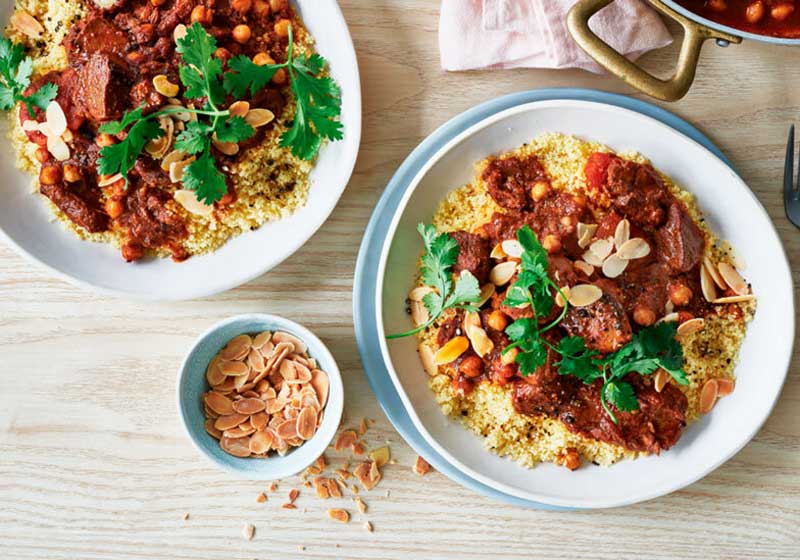
Saffron, cinnamon, cumin, coriander and ginger mingle with onions, garlic and preserved lemon, creating dishes that are fragrant, deeply savoury and instantly comforting. The tagine is not just food - it is an expression of Moroccan hospitality, meant to be shared communally with bread to soak up every drop of sauce.
Vegetarians are equally celebrated with tagines featuring pumpkin, carrots, chickpeas or artichokes, proving that the essence of Moroccan cooking is balance and nuance rather than protein alone.
Algeria offers a similar depth of flavour but with its own regional twists. Slow-cooked couscous is a staple across the country, often accompanied by stews that draw on local spices and seasonal vegetables.
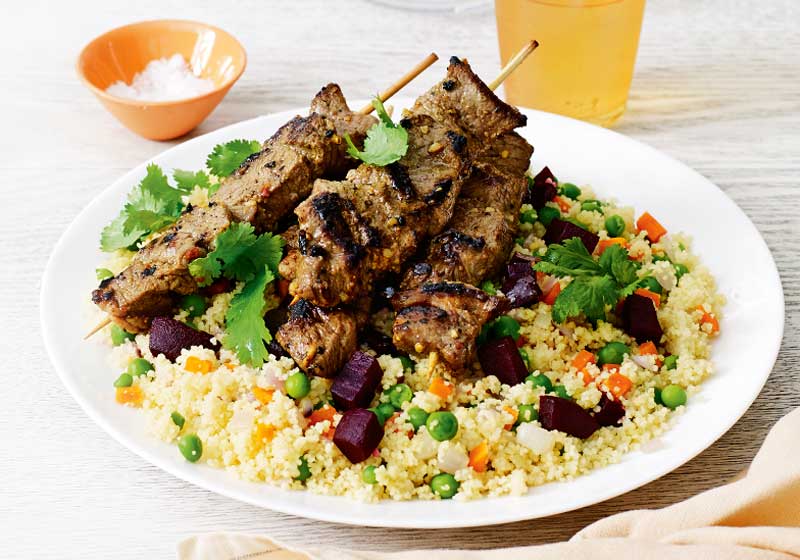
Harissa, the fiery chilli paste that has become synonymous with North African cooking, adds heat and complexity to dishes ranging from grilled meat to hearty lentil stews. Algerian kitchens also excel at layering preserved and pickled ingredients - lemons, olives and vegetables add brightness and acidity that lift the richness of slow-cooked dishes.
Eating Algerian food is an exercise in patience and appreciation, as flavours unfold over hours of simmering and careful seasoning.
In Egypt, the spice route takes on a slightly different character, reflecting centuries of Mediterranean, Middle Eastern and African influences. Ful medames, a dish of slow-cooked fava beans, is a national breakfast and a perfect example of Egyptian ingenuity. Beans are simmered until creamy, then dressed with garlic, lemon, olive oil and occasionally cumin or chilli, creating a humble but deeply satisfying dish.
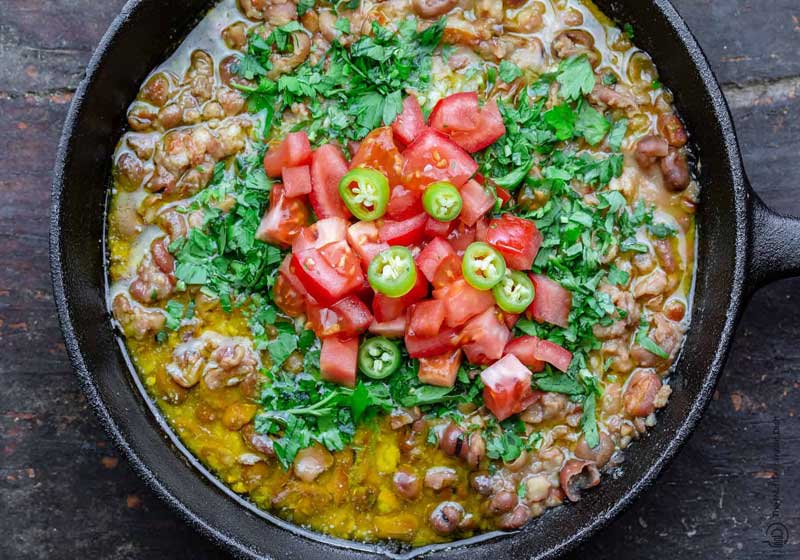
Koshari, a mix of rice, lentils, pasta and tomato sauce, is another street-food staple that layers textures and flavours to remarkable effect. Egyptian cuisine leans on simplicity, letting quality ingredients shine while still reflecting the region’s love for aromatic spices.
Tunisia completes the North African spice route with a cuisine that is as fiery as it is fragrant. Brik, a thin pastry filled with egg, tuna or meat, is crisped to perfection and often seasoned with harissa. Slow-cooked stews like mloukhia combine tender meat with powdered Jew’s mallow leaves and spices to create deep, earthy flavours.
Tunisian cooks also rely heavily on preserved lemons, olives and capers, adding tang and umami to every dish. The cuisine balances heat and subtlety, a reflection of the region’s coastal and desert influences and its long history as a trade hub on the Mediterranean.
What unites the food of Morocco, Algeria, Egypt and Tunisia is a reverence for time and technique. Spices are toasted, blended and layered with care. Ingredients are preserved, pickled or slowly cooked to coax out their fullest flavour. Stews bubble gently over hours, bread is baked until golden, and every dish is designed to be shared.

Photo credit: Andrea Gralow.
North African cuisine is less about convenience and more about ceremony, a reminder that food is as much about patience and community as it is about taste.
Following North Africa’s spice route is an education in aroma, colour and history. Each tagine, harissa-laden stew, or preserved lemon adds a chapter to a story that stretches back centuries.
The flavours are bold but balanced, comforting yet adventurous and deeply evocative of the landscapes and cultures from which they emerge. Eating your way along this route is to experience a continent’s history on a plate, a feast for the senses that lingers long after the last bite.


